A sand-like material can be extracted from seawater by adding carbon dioxide, potentially making the building industry more sustainable.


A sand-like material can be extracted from seawater by adding carbon dioxide, potentially making the building industry more sustainable.
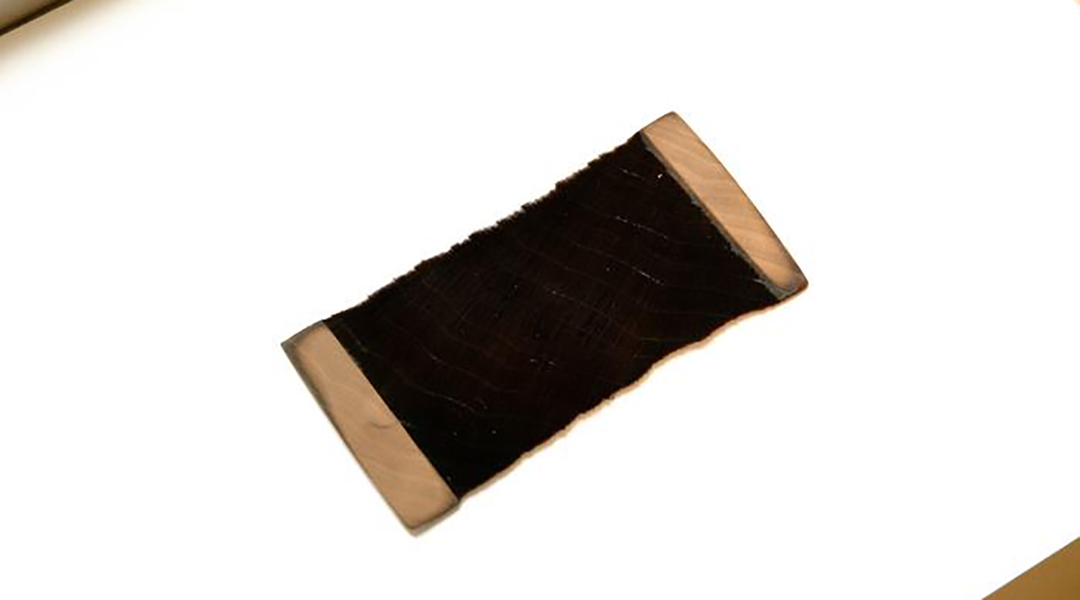
This material absorbs more than 99% of the light that strikes it, making it useful in applications ranging from solar energy to astronomy.
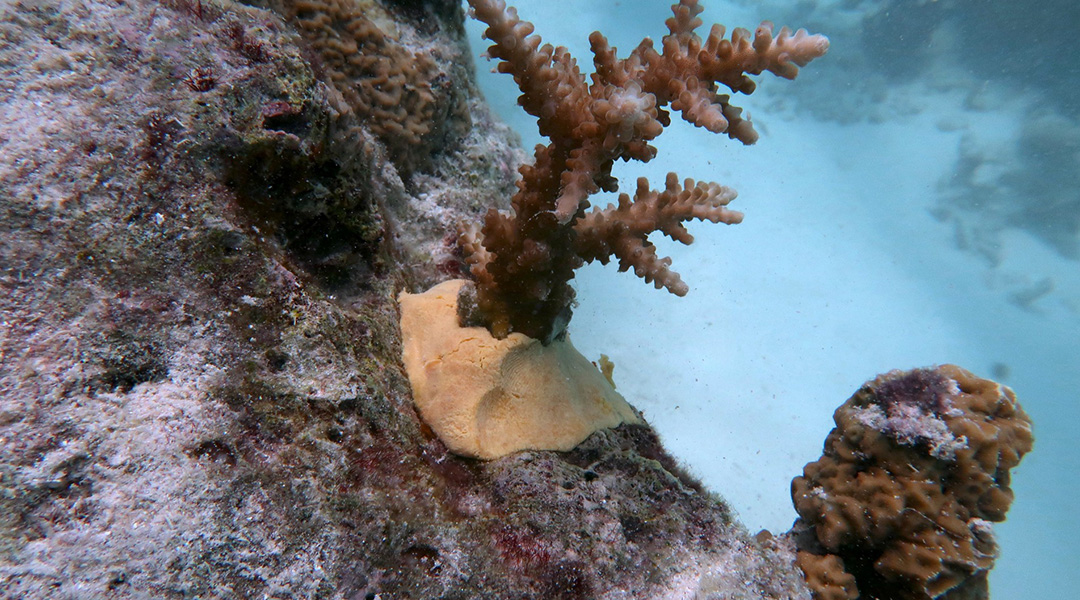
This ocean-safe putty was designed to help seed new coral reefs, offering a much-needed replacement for hardware store products.
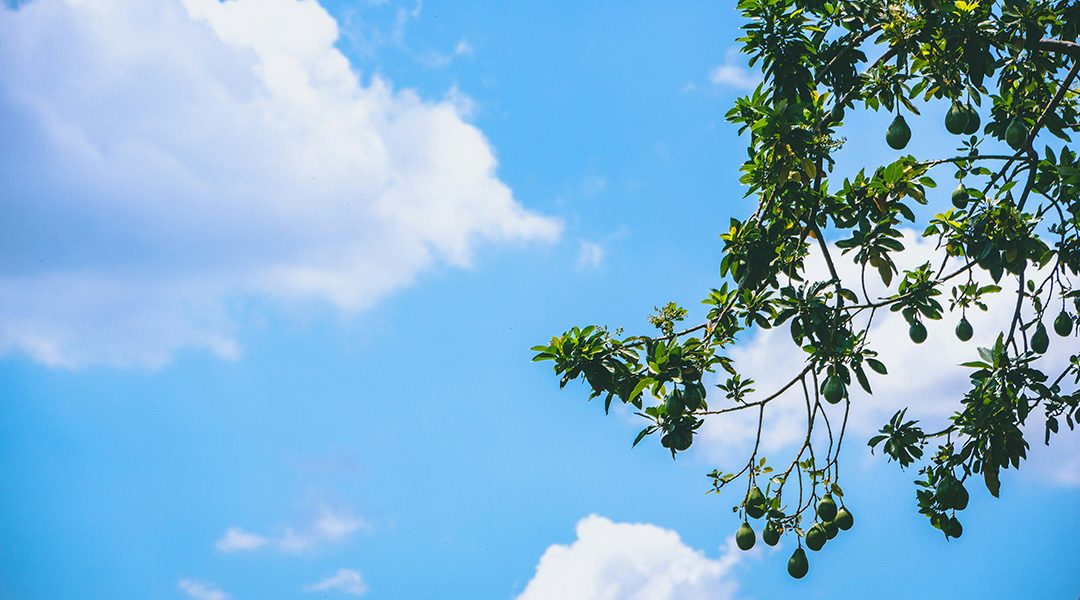
A material derived from avocado pruning waste and bio-polyethylene combines high strength with biodegradability.
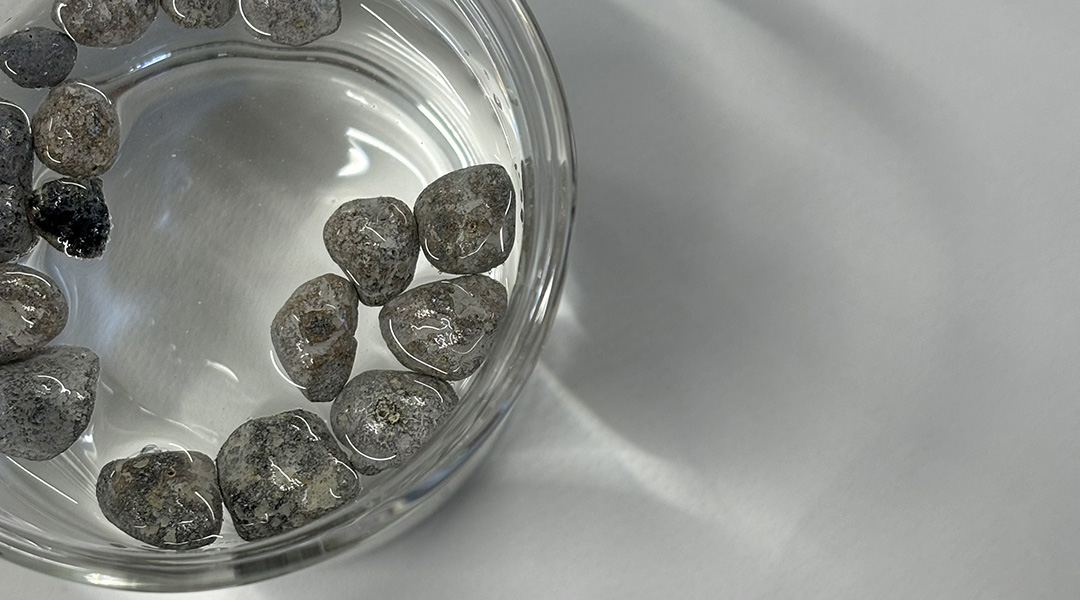
Sunlight-activated floating photocatalysts offer accessible water purification, vital for remote regions and developing communities.

Innovative cryopreservation technique revives adult corals, safeguarding their genetic material to seed future populations.
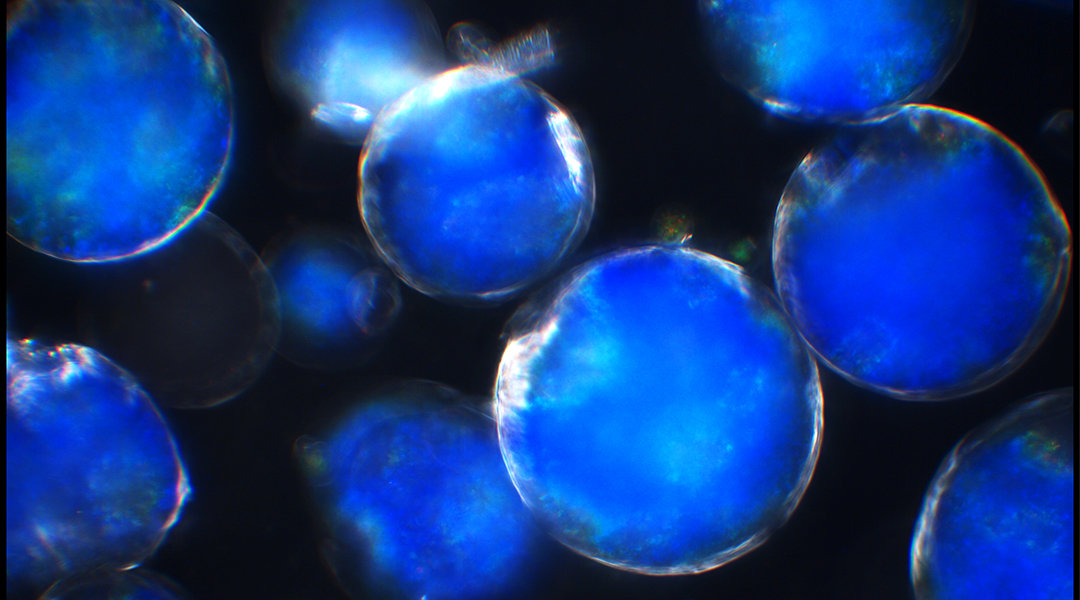
Using a derivative of cellulose, researchers explore making a natural food colorant from materials whose surfaces manipulate light.
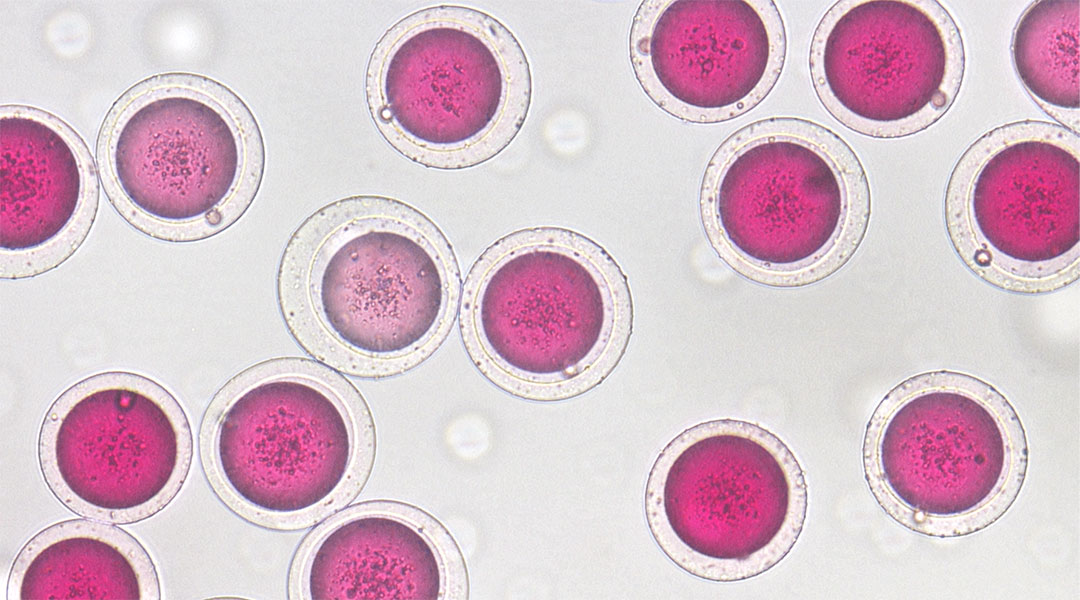
Check out atomic glimpses of graphene ribbons, double bubble microspheres, and a solar evaporator made from bone.

A conductive, cellulose-based nanopaper allows researchers to print paper electronics without needing expensive microfabrication techniques.
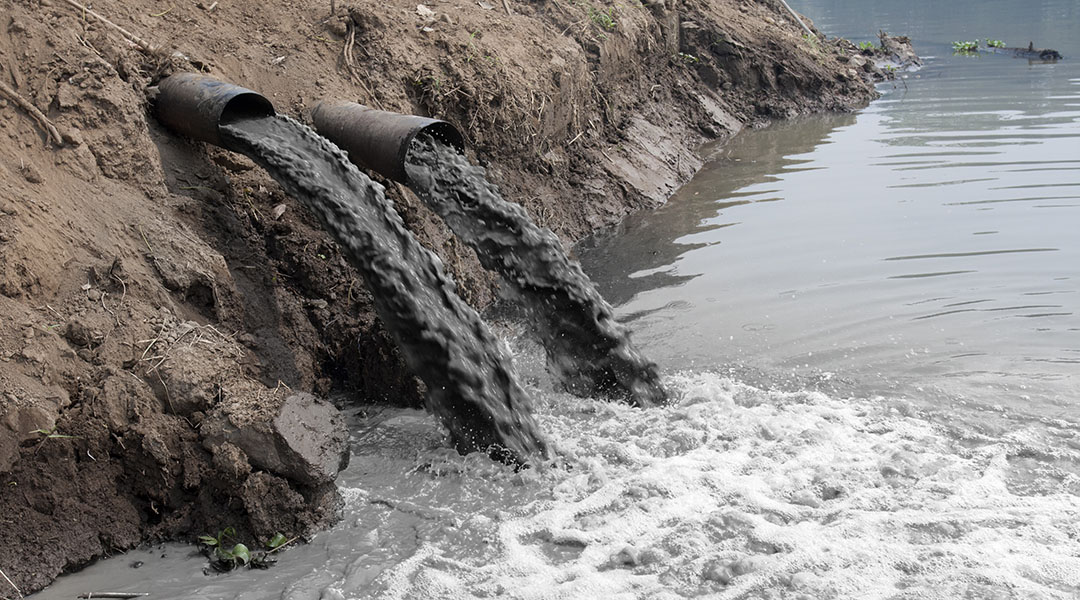
Brownmillerite, found in natural mineral deposits, could help disinfect water in resource-poor regions.